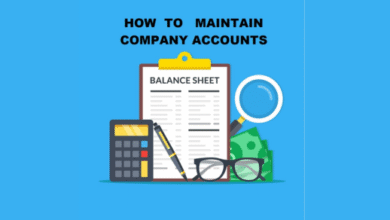Are Exchange Traded Funds the Key to Your Financial Success?

Welcome to the world of finance, simplified! Today, let’s unravel the mystery of Exchange Traded Funds (ETFs) and discover how they can be a valuable addition to your investment portfolio. Whether you’re a seasoned investor or just dipping your toes into the financial waters, this guide is for everyone.
Understanding Exchange Traded Funds
So, what exactly are ETFs? Imagine a basket containing a variety of fruits – each fruit representing a different type of investment like stocks, bonds, or commodities. This basket is what we call an Exchange Traded Fund. It’s a type of investment fund that holds a collection of assets and is traded on stock exchanges, much like individual stocks.
Why Choose ETFs?
- Diversification: By investing in an ETF, you’re essentially buying a slice of a much larger pie. This means your investment is spread across various assets, reducing your risk compared to investing in a single stock.
- Cost-Effective: Generally, ETFs have lower fees than traditional mutual funds, making them an attractive option for cost-conscious investors.
- Flexibility: You can buy and sell ETFs just like stocks, offering you the flexibility to react to market changes quickly.
- Transparency: Most ETFs disclose their holdings daily, so you always know what you’re investing in.
Tips for Investing in ETFs
- Define Your Goals: Are you saving for retirement, a vacation, or your child’s education? Understanding your investment goals will guide your ETF selection.
- Research: Look into different types of ETFs – stock ETFs, bond ETFs, sector and industry ETFs, commodity ETFs, and international ETFs. Each type has its own risk and reward profile.
- Understand the Costs: Be aware of the expense ratio and trading fees associated with the ETF you choose. Lower costs typically mean more of your money goes towards your investment.
- Keep an Eye on Performance: While past performance is not indicative of future results, it’s helpful to understand how the ETF has performed over time.
- Diversify: Don’t put all your eggs in one basket. Spread your investments across different types of ETFs to mitigate risk.
Real-Life Example
Meet Sarah, a 30-year-old teacher. She’s interested in investing but finds the stock market intimidating. Sarah decides to invest in an ETF that tracks a broad market index. This way, she’s not relying on the performance of a single company. Over time, her investment grows steadily, giving her the confidence to explore other types of ETFs.
The Dark Side of ETFs
Like any investment, ETFs have their downsides. They can be over-diversified, leading to mediocre returns. Also, niche ETFs can be riskier due to their specialized nature. It’s crucial to understand these risks before investing.
Conclusion
Exchange Traded Funds offer a simple, cost-effective way to diversify your investment portfolio. With a bit of research and strategic planning, ETFs can be a fantastic tool for achieving your financial goals. Remember, the key to successful investing is patience and consistency.
Happy investing!



